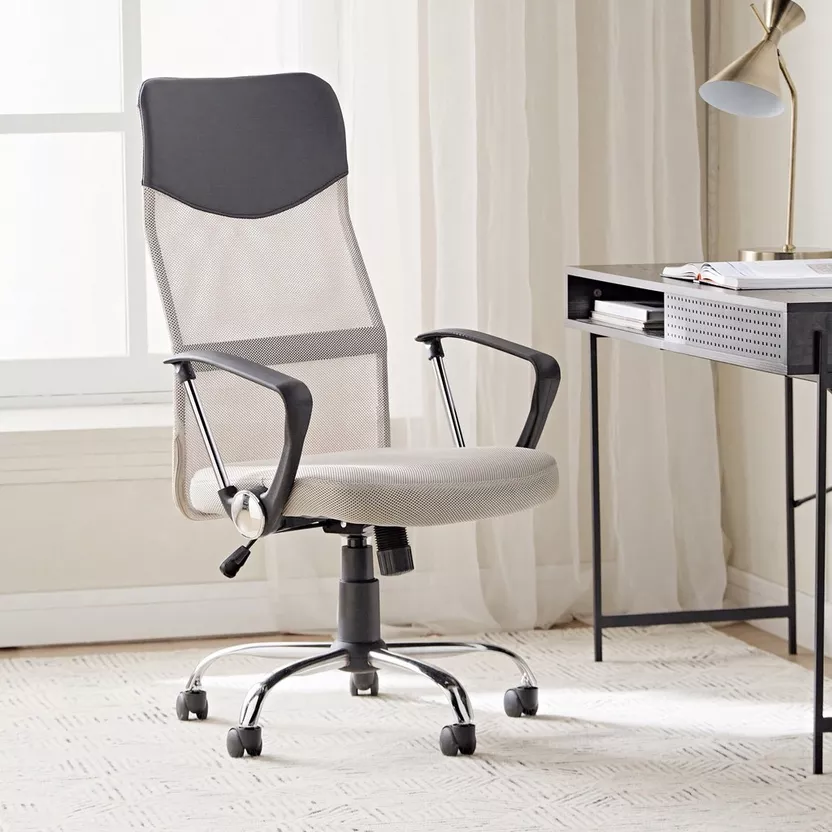
What do you put under chair wheels on carpet? often seen as the foundation of a room’s aesthetic, play a pivotal role in enhancing the ambiance and comfort of our living spaces. However, their delicate fibers are susceptible to wear and tear, especially from the constant friction caused by chair wheels. As the world rapidly shifts towards remote work, the surge in home offices has made it imperative for homeowners to consider carpet protection. With more individuals spending hours seated at their desks, the repetitive movement of chair wheels can quickly deteriorate the quality of carpets. Recognizing this, it becomes essential to understand the significance of safeguarding our carpets from potential damage, ensuring they remain pristine and serve their purpose for years to come.
Benefits of Using Chair Wheels on Carpet
The integration of chair wheels on carpets might initially seem like a trivial matter, but in reality, it holds substantial significance in both home and office settings. Let’s delve into the myriad advantages of this combination:
- Enhanced Mobility: One of the primary benefits of using chair wheels on carpet is the ease of movement it offers. Whether you’re quickly reaching for a file across the desk or adjusting your position during a video call, chair wheels ensure smooth transitions without the need to stand up.
- Protection and Durability: While it’s true that chair wheels can cause wear and tear, the right kind of wheels or protective measures can actually help in preserving the carpet. Specialized chair wheels are designed to distribute weight evenly, preventing undue pressure on specific carpet areas and reducing the chances of dents or depressions.
- Extended Carpet Life: With the right protective measures, such as using chair mats or specialized wheels, the life of the carpet can be extended. These measures reduce the friction between the carpet and the wheels, minimizing the wear and tear. Over time, this can lead to significant savings as the need for carpet replacements or repairs diminishes.
- Cost-Efficiency: Investing in protective solutions like chair mats or high-quality chair wheels might seem like an added expense initially. However, in the long run, they can prove to be cost-effective. By reducing the damage to carpets, homeowners and businesses can cut down on frequent maintenance costs or the need for early carpet replacements.
- Improved Aesthetics: A well-maintained carpet without visible signs of wear and tear enhances the overall aesthetics of a room. By using chair wheels judiciously and with the right protective measures, one can ensure that the carpet remains vibrant and free from unsightly marks or dents.
Examples and Practices:
- Many offices have adopted the use of polycarbonate chair mats. These mats, placed beneath chairs, act as a protective layer between the chair wheels and the carpet, ensuring minimal damage.
- Some homeowners opt for chair wheels made of softer materials or those with a wider surface area. These wheels tend to be gentler on carpets, reducing the chances of pulling out carpet fibers or causing dents.
- Regular cleaning and maintenance of both chair wheels and carpets can also play a pivotal role in extending the carpet’s life. Dirt or debris stuck in chair wheels can act as an abrasive, so keeping them clean can reduce potential damage.
Types of Under Chair Wheels on Carpet
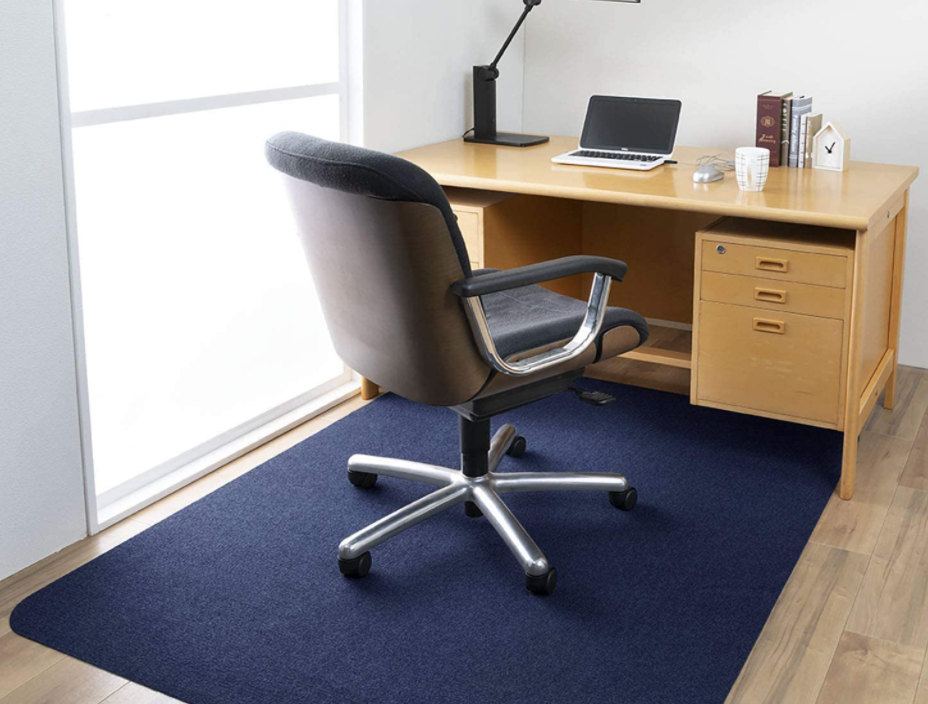
Chair wheels, often referred to as casters, are a crucial component of many office chairs and furniture pieces. When it comes to using them on carpets, it’s essential to choose the right type to ensure both the chair’s functionality and the carpet’s longevity. Here’s a breakdown of the various types of chair wheels suitable for carpets and some tips to consider:
- Standard Plastic Casters:
- Description: These are the most common type of chair wheels and come with most office chairs. They are typically made of hard plastic.
- Tips: While they are durable, they might not be the best choice for thick carpets as they can cause wear over time. They are more suitable for low-pile carpets or with the use of a chair mat.
- Impact on Performance: On thicker carpets, these can reduce mobility and might require more effort to move the chair.
- Soft Rubber Casters:
- Description: Made of softer rubber, these wheels are designed to be gentler on surfaces, including carpets.
- Tips: Ideal for both low-pile and medium-pile carpets. They offer smooth movement without causing damage to the carpet fibers.
- Impact on Performance: They provide better grip and reduce the chances of the chair sliding unintentionally.
- Polyurethane Casters:
- Description: These are a hybrid between plastic and rubber, offering durability and floor protection.
- Tips: Suitable for all types of carpets. They combine the strength of plastic with the gentleness of rubber.
- Impact on Performance: They ensure smooth movement and are less likely to leave marks or dents on the carpet.
- Oversized Casters:
- Description: These wheels are larger in diameter, designed to distribute weight more evenly and roll easily over thicker carpets.
- Tips: Perfect for high-pile or plush carpets where smaller wheels might get stuck.
- Impact on Performance: They enhance mobility, especially in areas with thick carpets, and reduce wear on specific spots.
Choosing the Right Size, Thickness, and Material:
- Size: Larger wheels distribute weight better and move more easily on thick carpets. If you have a plush carpet, consider oversized casters.
- Thickness: Thicker wheels can provide better stability, especially on uneven carpet surfaces.
- Material: Soft rubber or polyurethane wheels are gentler on carpets compared to hard plastic. They reduce wear and tear and offer smoother movement.
Examples and Practices:
- An office with a plush, high-pile carpet might opt for oversized polyurethane casters to ensure employees can move their chairs effortlessly without damaging the carpet.
- A home office with a standard low-pile carpet might be fine with standard plastic casters but could consider a chair mat for added protection.
- For spaces that require frequent chair movement, soft rubber casters can be a game-changer, offering smooth transitions without pulling at carpet fibers.
How to Choose the Best Chair Wheels on Carpet for Your Needs
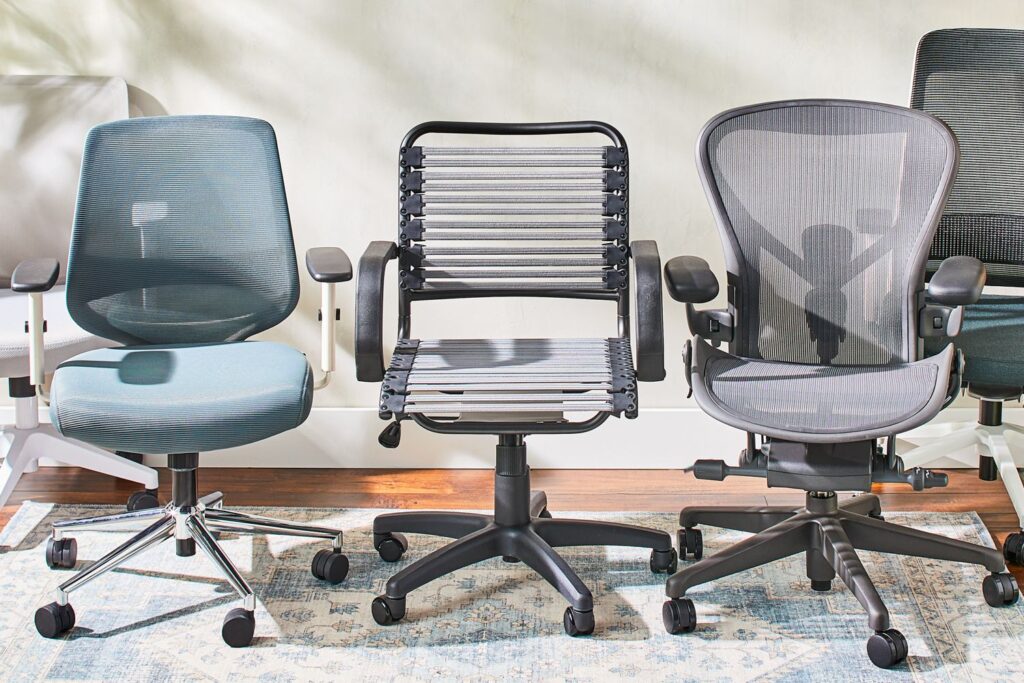
Selecting the right chair wheels for your carpet is not just about aesthetics or cost; it’s about ensuring longevity for your carpet and optimal functionality for your chair. Here’s a comprehensive guide to help you make the best choice:
- Understand Your Carpet Type
- Different carpets have varying pile heights and densities. Recognize whether you have a low-pile, medium-pile, or high-pile carpet. This will influence the type of chair wheel suitable for your needs.
- Shape and Size of the Wheel
- Standard Wheels: Suitable for low-pile carpets where movement is relatively easy.
- Oversized Wheels: Ideal for high-pile or plush carpets. Their larger diameter ensures they don’t get stuck and distribute weight more evenly.
- Example: If you have a plush, luxurious carpet in your home office, opting for oversized wheels can prevent undue pressure on specific spots, reducing wear and tear.
- Texture and Material
- Hard Plastic: Durable but might not be the best for thicker carpets. More suitable for low-pile carpets or when used with a protective mat.
- Soft Rubber: Offers a gentle touch, reducing the risk of damaging carpet fibers. Ideal for medium-pile carpets.
- Polyurethane: A hybrid that combines durability with gentleness. Suitable for all carpet types.
- Example: For a medium-pile carpet in a busy office setting, polyurethane wheels might offer the perfect balance between durability and protection.
- Backing and Braking Mechanism
- Some chair wheels come with a braking mechanism that prevents the chair from moving when not in use. This can be especially useful on smoother carpet surfaces where chairs might slide unintentionally.
- Example: In a conference room with a smooth, low-pile carpet, chairs with a braking mechanism can ensure they stay in place during meetings.
- Load Capacity
- Consider the weight the chair wheels will need to support. If they’re for a heavy-duty office chair or will be used by individuals with a heavier build, you’ll need wheels with a higher load capacity.
- Ease of Installation
- Ensure the chair wheels you choose are compatible with your chair’s base and are easy to install. Some wheels might require additional tools or fittings.
- Additional Features
- Some modern chair wheels come with features like scratch resistance, noise reduction, or even floor-safe certifications. Depending on your priorities, these can be beneficial.
Examples and Practices
- A graphic designer who frequently moves around in their studio with a medium-pile carpet might benefit from soft rubber wheels. They offer smooth movement and won’t damage the carpet.
- A corporate executive with a high-end plush carpet in their cabin might opt for oversized polyurethane wheels. They ensure easy movement without compromising the carpet’s integrity.
- For a shared workspace with varying carpet types, chairs with polyurethane wheels and a braking mechanism might be the best all-rounder choice.
Can Your Office Chair Damage Your Carpet?
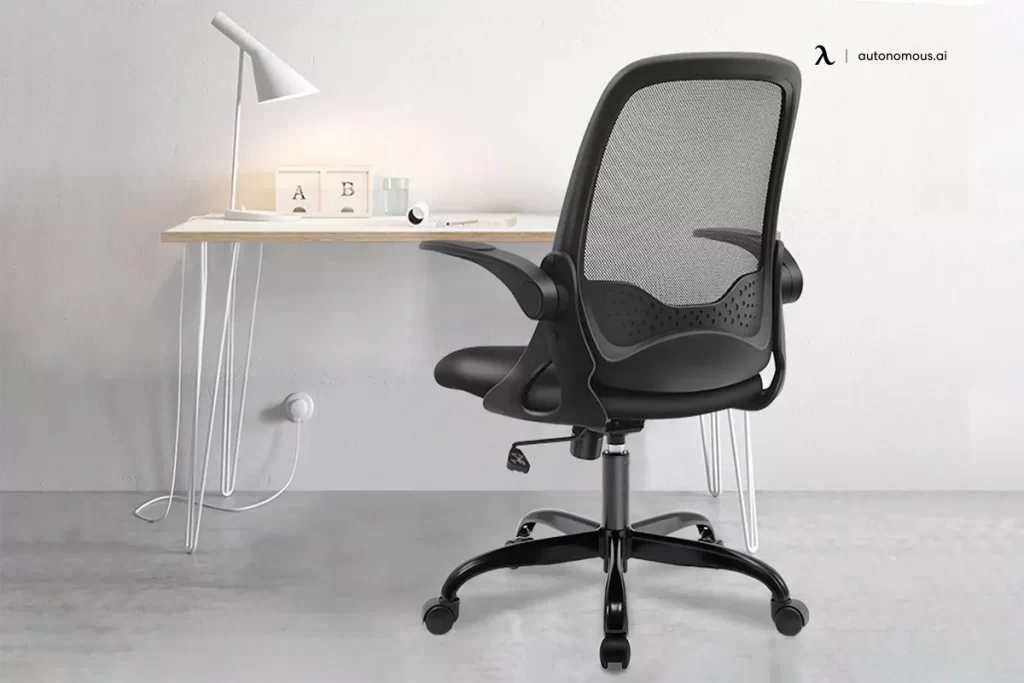
Absolutely, office chairs, especially those with wheels or casters, can potentially damage your carpet over time. Here’s a breakdown of how and why:
- Wear and Tear
- The constant rolling and movement of chair wheels can cause wear and tear on your carpet. This is especially true if the chair is frequently used in a specific area, leading to concentrated wear on that particular spot.
- Pressure Indentations
- When an office chair remains stationary for extended periods, the weight of the chair and its occupant can cause indentations or depressions in the carpet. Over time, these can become permanent, especially on plush, high-pile carpets.
- Fiber Damage
- Hard or sharp-edged chair wheels can catch and pull at carpet fibers, leading to fraying or even tears. This is particularly problematic for carpets with longer fibers or a looser weave.
- Dirt and Debris
- Chair wheels can trap dirt, debris, and other small particles. When these are rolled over the carpet, they can act as abrasives, grinding against the carpet fibers and causing them to wear down faster.
- Discoloration
- In some cases, the materials of the chair wheels or the oils and greases used in them can react with the carpet, leading to stains or discoloration.
Preventive Measures
While office chairs can damage carpets, there are several measures you can take to minimize or prevent this damage:
- Use Chair Mats
- Chair mats are protective layers that are placed under the chair. They provide a smooth surface for the chair to roll on, preventing direct contact between the chair wheels and the carpet. This not only protects the carpet from wear but also prevents dirt and debris from grinding into it.
- Opt for Carpet-Friendly Wheels
- As discussed earlier, certain types of chair wheels, like soft rubber or polyurethane casters, are gentler on carpets and less likely to cause damage.
- Regular Cleaning
- Keeping both the chair wheels and the carpet clean can prevent dirt and debris from acting as abrasives. Regular vacuuming of the carpet and wiping down the chair wheels can make a significant difference.
- Rotate the Chair’s Position
- Changing the position of the chair occasionally can prevent constant wear on one specific area of the carpet.
Checkout the Is it Bad to Use an Office Chair on Carpet?
How to Protect Your Carpet from Office Chair Damage
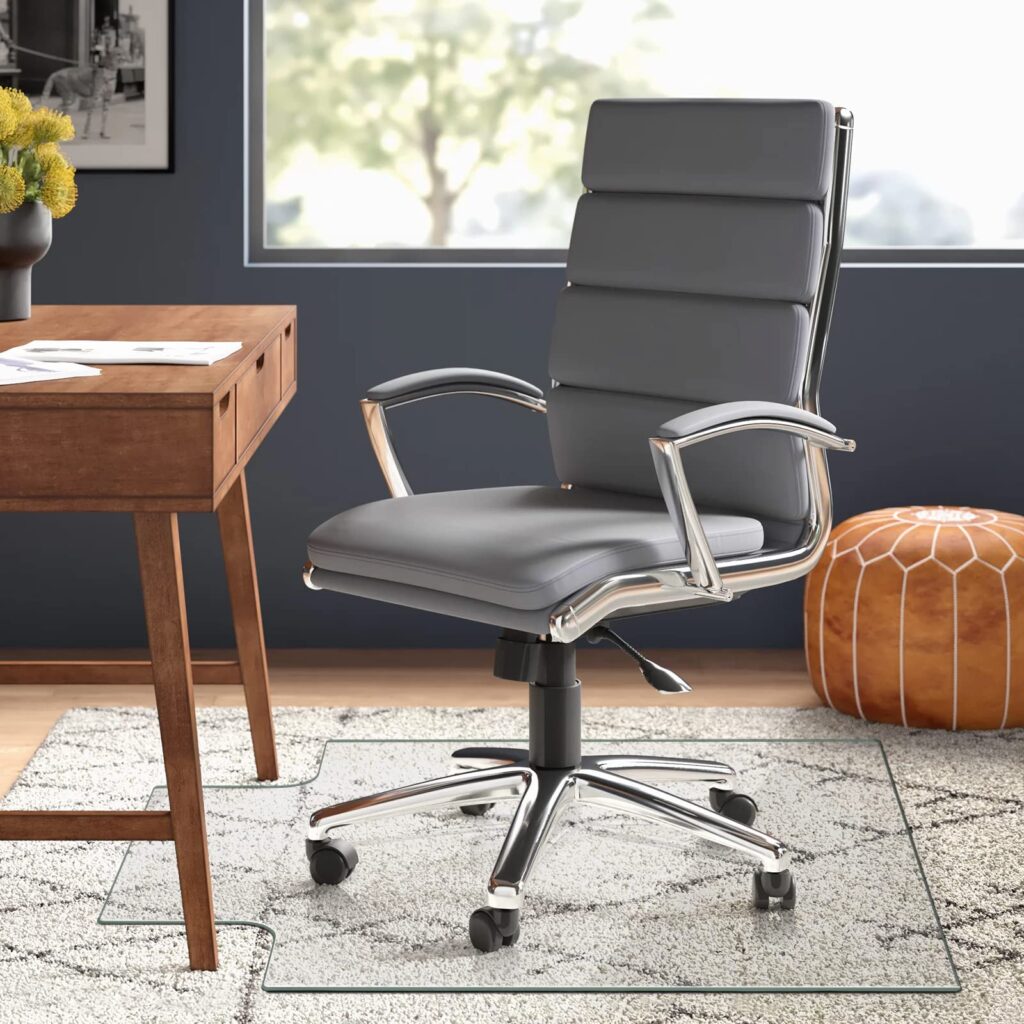
Protecting your carpet from the potential damage caused by office chairs is essential to maintain its appearance and extend its lifespan. Here are some effective strategies to safeguard your carpet:
- Use Chair Mats
- Description: Chair mats are specifically designed to spread the weight of the chair and its occupant, preventing indentations and wear on the carpet.
- Benefits: They provide a smooth surface for the chair to roll on, reducing friction and preventing the chair’s wheels from directly contacting the carpet.
- Choose Carpet-Friendly Wheels
- Description: Opt for chair wheels or casters made of materials that are gentler on carpets, such as soft rubber or polyurethane.
- Benefits: These materials reduce the risk of pulling out carpet fibers or causing dents.
- Regular Maintenance
- Description: Regularly vacuum the carpet to remove dirt, dust, and debris. Clean chair wheels to ensure they are free from particles that can grind into the carpet.
- Benefits: A clean carpet and chair wheels reduce the chances of abrasive damage and ensure smoother movement.
- Use Protective Pads
- Description: For chairs without wheels, consider using protective pads under the chair legs.
- Benefits: These pads distribute the weight more evenly and prevent sharp chair legs from digging into the carpet.
- Rotate Furniture Placement
- Description: Periodically change the position of your office chair and other furniture.
- Benefits: This prevents constant wear and pressure on one specific area of the carpet, reducing the chances of permanent indentations.
- Opt for a Shorter Pile Carpet
- Description: If you’re choosing a new carpet for an office space, consider a low-pile carpet.
- Benefits: Shorter pile carpets are more resilient to the pressure and movement of office chairs, reducing the risk of indentations and wear.
- Consider Area Rugs
- Description: Place an area rug beneath the office chair. This adds an extra layer of protection and can be easily replaced if worn out.
- Benefits: Area rugs can absorb much of the wear and tear, saving the underlying carpet from potential damage.
- Check Chair Weight Limits
- Description: Ensure that the office chair is suitable for the user’s weight. Overloading a chair can exert excessive pressure on the carpet.
- Benefits: Using a chair within its weight limit ensures even weight distribution, reducing the risk of carpet damage.
- Invest in High-Quality Underlay
- Description: A good quality underlay beneath the carpet provides additional cushioning and support.
- Benefits: It can absorb some of the pressure exerted by the chair, reducing the impact on the carpet fibers and preventing indentations.
Best of What Do You Put Under Chair Wheels on Carpet?

When setting up a home office or workspace, the type of chair wheels or casters you choose can significantly impact the health of your carpet. Not all chair wheels are suitable for carpeted floors, as standard office chair casters are primarily designed for hard surfaces like hardwood, laminate, and tiles. Here’s a guide on what to consider when selecting chair wheels for carpeted floors:
- Design/Features:
- Single-wheel Design: Unlike the standard twin-wheel design, single-wheel casters roll smoother on carpets. They have less surface area in contact with the ground, reducing the chances of carpet fibers getting stuck between the wheels. This design also attracts less dust and offers better traction, ensuring a smoother glide on carpets.
- Larger Wheel Diameter: Standard chair wheels typically have a two-inch diameter. However, for carpeted areas, especially those with thicker fibers, a larger wheel diameter, such as three inches, is recommended. This size ensures the wheel rolls over carpet fibers without getting stuck.
- Ball Bearings: High-quality ball bearings in both the wheel axle and swivel mechanism ensure a smoother wheel spin. This reduces friction, enhances movement, and increases the wheel’s durability.
- Chair Wheel Material:
- Polyurethane: Both nylon and polyurethane wheels are suitable for carpets. However, polyurethane is preferable as it doesn’t attract as much dust as nylon and is less likely to get carpet fibers stuck to it.
- Supporting Bracket:
- The bracket connects the chair to the wheel. For maximum durability, consider casters with brackets made of high-grade steel. Some brackets even undergo special heat treatments to support heavier loads, ensuring smooth and efficient movement.
Recommendation: Rollerblade chair wheels are often recommended for carpeted floors, especially if you have a low-pile carpet. They are made of soft polyurethane with a high-grade steel bracket and typically have a diameter of at least three inches. However, for plush or thick-pile carpets, other alternatives might be more suitable.
Alternatives:
- Chair Glides: If mobility isn’t a priority, consider replacing chair wheels with chair glides. They protect both the chair legs and the carpet but might require more effort to move the chair.
- Chair Mat: Using a chair mat, especially a glass one, can protect thick plush carpets. However, they limit mobility to the mat’s surface.
FAQS
Why is it important to put something under chair wheels on carpet?
- Placing protective measures under chair wheels on carpet helps prevent wear and tear, indentations, and potential damage to the carpet fibers caused by the constant movement and pressure of the chair.
What are the best materials for chair wheels suitable for carpets?
- Soft rubber and polyurethane are among the best materials for chair wheels on carpets. They offer a gentle touch, reducing the risk of damaging carpet fibers while ensuring smooth movement.
Can standard office chair wheels damage carpets?
- Yes, standard office chair wheels, especially those made of hard plastic, can cause wear, pull at carpet fibers, and create pressure indentations, especially if used frequently in the same area.
Are chair mats a good solution for protecting carpets?
- Chair mats can be an effective solution, especially for thicker carpets. They provide a protective layer between the chair wheels and the carpet, preventing direct wear and tear. However, they limit the chair’s mobility to the mat’s surface.
How do rollerblade chair wheels compare to standard wheels for carpet use?
- Rollerblade chair wheels, often made of polyurethane, are designed to roll smoothly on various surfaces, including carpets. Their design reduces the chances of carpet fibers getting stuck and offers better traction compared to standard wheels.
